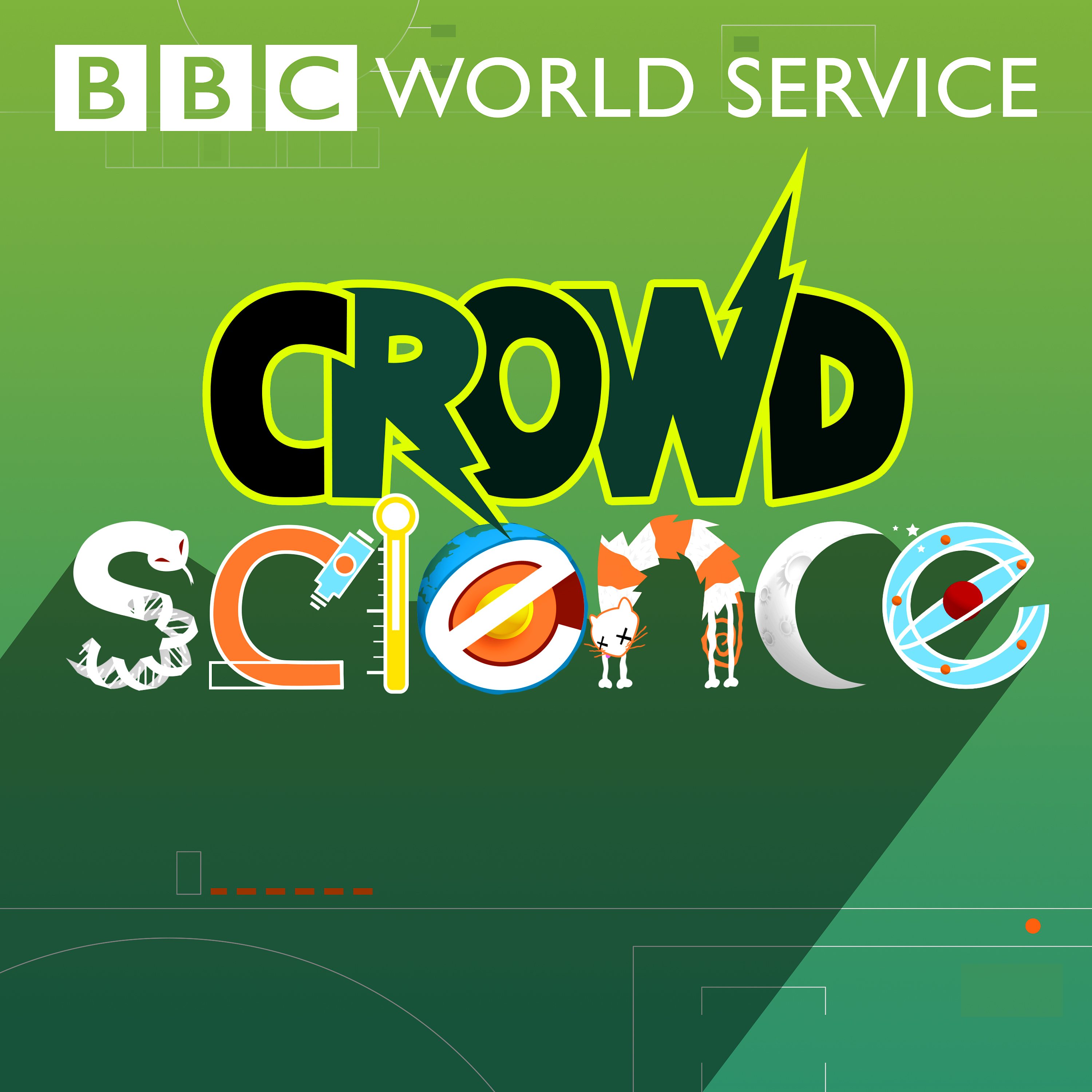
CrowdScience
Mar 1, 2024
Storing your data in ‘the cloud’ might sound like an ethereal, intangible place, but it’s actually a physical location - a data centre. CrowdScience listener Art is worried about how much energy and water data centres are consuming. He’s from Ireland, where data centres are gobbling up almost 20% of the national electricity supply and that’s growing, fast.
So how much energy and water are data centres using globally? And how can they become more sustainable? To answer Art’s question CrowdScience heads to chilly western Norway to visit a data centre hidden deep within a mountain, that’s said to be one of the most efficient in the world. And we hear how a data centre in South Africa is saving water and dealing with crippling power cuts by generating its own renewable energy.
Do we just need to stream less TV and reduce our email inbox? With the help of carbon footprint expert Mike Berners-Lee, we crunch the numbers to find out.
Featuring: Svein Atle Hagaseth, CEO of Green Mountain data centres in Norway Mike Berners-Lee, Professor at Lancaster University’s Environment Centre and consultant at Small World Consulting Thulani Ncube, Group Energy Lead at Africa Data Centres
Presenter: Anand Jagatia Producer: Sophie Eastaugh Editor: Cathy Edwards Studio Manager: Donald MacDonald Production: Jonathan Harris & Connor Morgans Additional Recording by: Kobus van Niekerk

